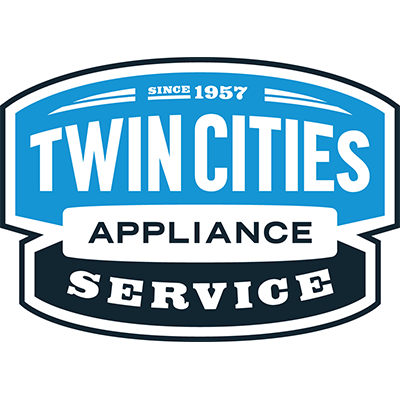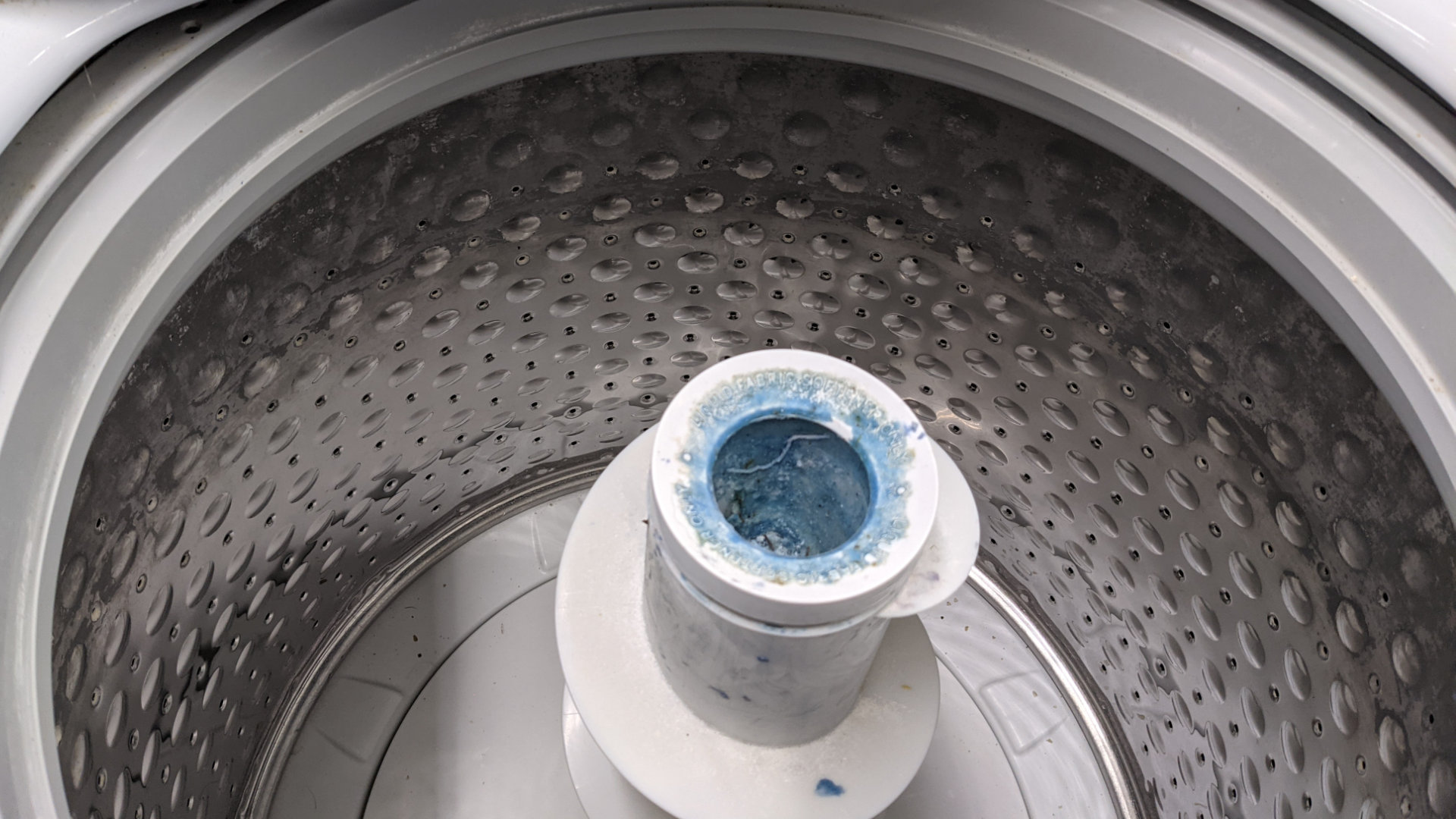
A leaking washing machine is the last thing you want to see when the cycle finishes. Thankfully, there are a few troubleshooting steps you can follow that will hopefully fix the issue and save you an expensive service technician call out!
In this article, we have compiled a list of the most common reasons for your washer leaking from the bottom and how to fix them.
What is the most common reason a washer leaks?
If your washing machine is leaking, the first thing you should try is to determine if it is the water hose leaking. A faulty water hose is the most common culprit behind a leaky washer. On most washing machines, the water hose is located at the back of the washing machine.
What faulty parts can cause a washer to leak?
Here is a list of the top causes of a leaky washer:
1. Water Hoses – Could be loose and therefore leaking in the washer or on the wall, causing a back leak.
2. Tub Cover Gasket – Could be damaged and letting water leak out on the front.
3. Drain Pump – Could be clogged with dirt or lint, causing a bottom leak.
4. Water Inlet Valve – Could be faulty, loose, or clogged, which is causing a leak from the back/bottom.
5. Door Catch – This component holds the door locked, and if it is damaged, it can let water leak out.
6. Boot Seal/Tub Seal – The transmission shaft is where the basket shaft enters the tub and if damaged can leak from the bottom.
7. Bellows or Door Boot Seal – On front loaders during fill or spin cycle—they can be damaged and cause a front water leak.
8. Water Level Switch/Pressure Switch – These switches determine the correct water level and, if damaged, can cause overfill.
Before you start troubleshooting, it is important to determine where the leak is really coming from. Remember, if your washer is leaking from the back, it may seem like it is leaking from the bottom. This is because the water will flow forward and often comes out from under the washing machine.
Check for a leaky water hose
As this is the most common reason for your washing machine to leak, it is a good idea to start by checking it first.
- You should always begin by unplugging any appliances you intend to work on from their power outlet.
- Next, slide the washer out about or 12 inches out from the back wall. Be very careful not to damage your water hoses.
- Look behind the washer and locate the water hoses behind the washer.
- Find where the water hoses connect. One end will be connected to the wall and the other to the back of the washer.
- Check to see if either of the hoses connected to the water outlets are loose. If so, tighten them by hand so they are connected firmly.
- Finally, check to see if either of the hoses connected to the washer are loose. If so, tighten by hand, so they are connected firmly.
You should also check these hoses for any visible damage. This could also be causing a leak.
Check that your washing machine rubber seal is not leaking
The rubber seals on your washing machine are very durable, but over time they can become brittle and begin leaking.
- Inspect water hoses and connections to try and locate the source of the water leaking.
- Use your hand to feel around the connections for any moisture or damage.
- If you find moisture or one of the connections is leaking, you should check to be sure it is installed correctly and is secure.
- Turn off the water and drain any water in the hoses. Check the water hose washers for any damage.
- If water hose washers are damaged, replace all of the water hose washers with new ones and reconnect. Doing them all at the same time saves you from having to go back in another few weeks.
How to fix a leak from the detergent drawer
If the wrong detergent is being used, it can also cause a leak.
- Check that the detergent being used is designed for your type of washer.
- Ensure the detergent in the detergent drawer is not being filled up past the max line.
- If the washer detergent drawer leaks water, you may need to change your detergent or use less.
- Always ensure that when running the washer, the detergent drawer is fully closed.
Check that your washer drain hose is not causing the leak
Sometimes, the leak is not in the washing machine but is caused by the drain hose not functioning correctly.
- Ensure the drain hose is not put more than 6 inches into the tub or standpipe.
- Make sure the drain hose is properly secured so it can not come loose and slide down.
- Think about using a zip-tie to secure the drain hose into the standpipe.
- The standpipe itself should be no shorter than 18 inches and higher or longer than 96 inches.
- Make sure the drain hose has a hose retainer that will keep it in place.
- Check that your washing machine is not on an angle and is sitting 100% level.
Check that the washer drain pump is not causing the leak
The final thing you can check is if the washer drain pump is causing the leak.
- Check the drain pump area, which is located at the bottom of your wash, for any type of leak.
- Inspect the water hoses going to and from the drain pump for any leaks or damage.
- Inspect all the hose clamps on the water lines on the drain pump. You want to check they are still tight and not damaged.
- If you do find a leaking water hose on the drain pump, it is an easy fix. Simply tighten it to stop the water leak.
- If you find a damaged water line or hose clamp on the drain pump, you will need to replace it to stop the leak.
If you are still having issues after running through the troubleshooting options listed above, it is time to call a qualified technician to come and take a look.
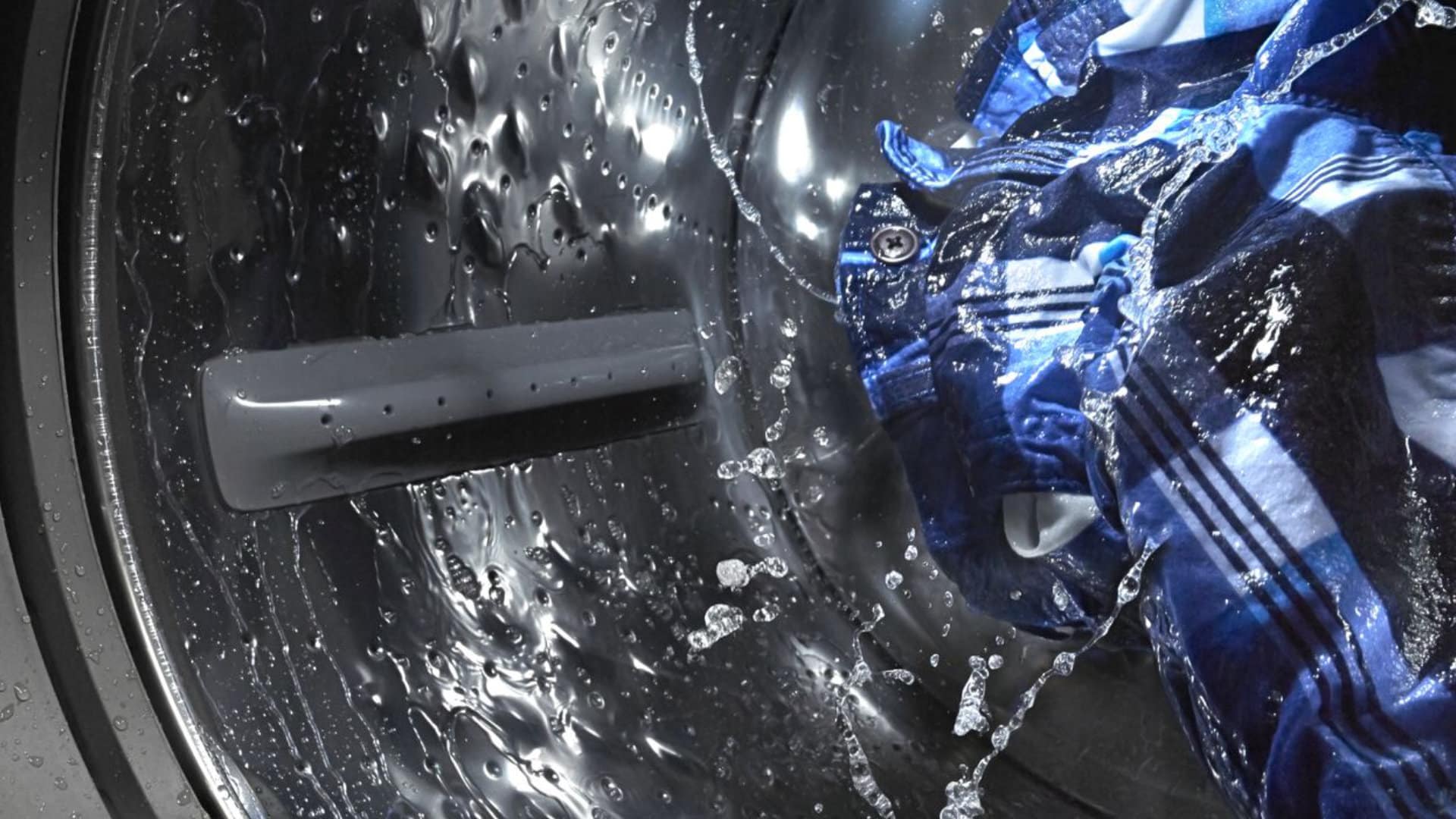
How to Fix the Whirlpool Washer F5 E3 Error Code
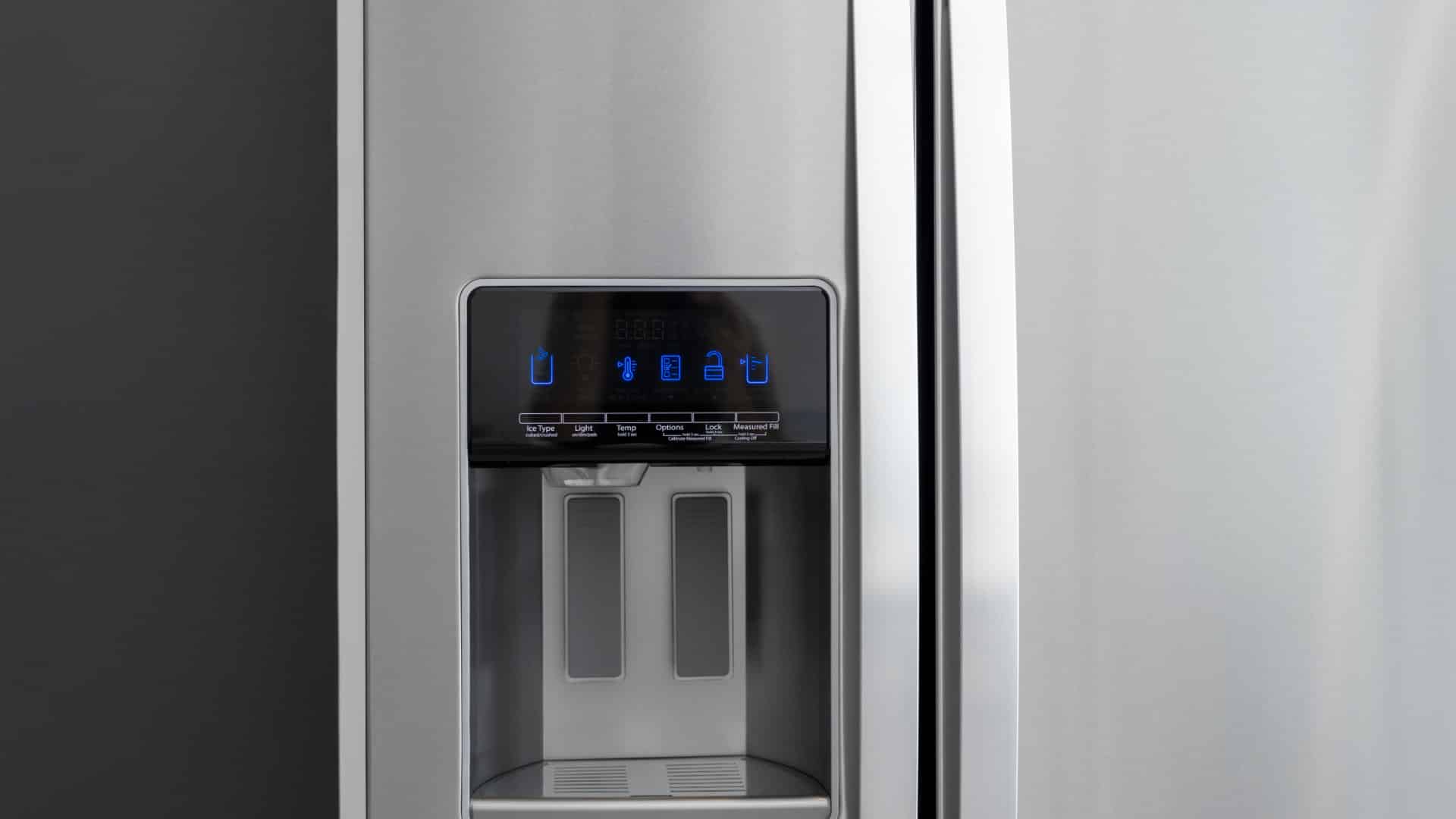
10 Steps to Clean Your Fridge Water Dispenser
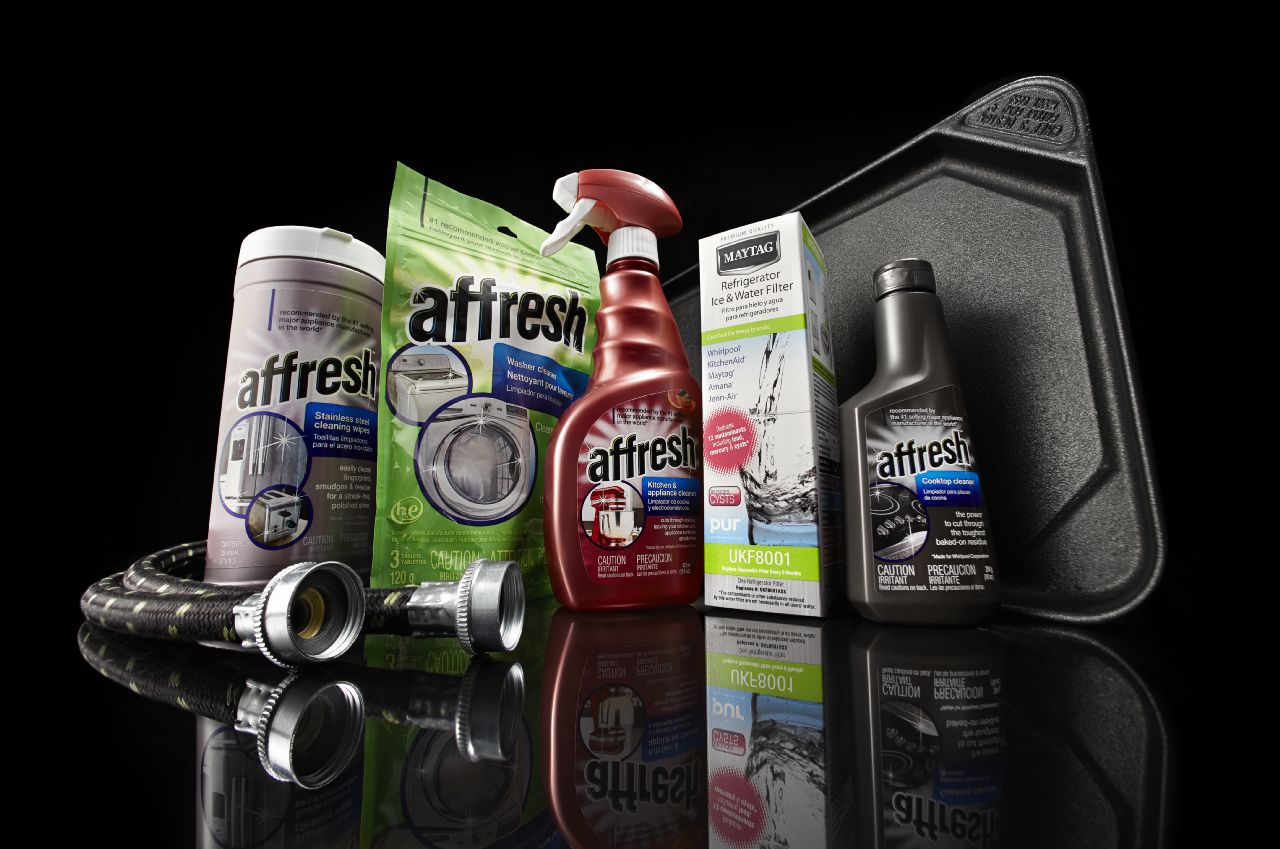
How to Replace a Whirlpool Refrigerator Water Filter
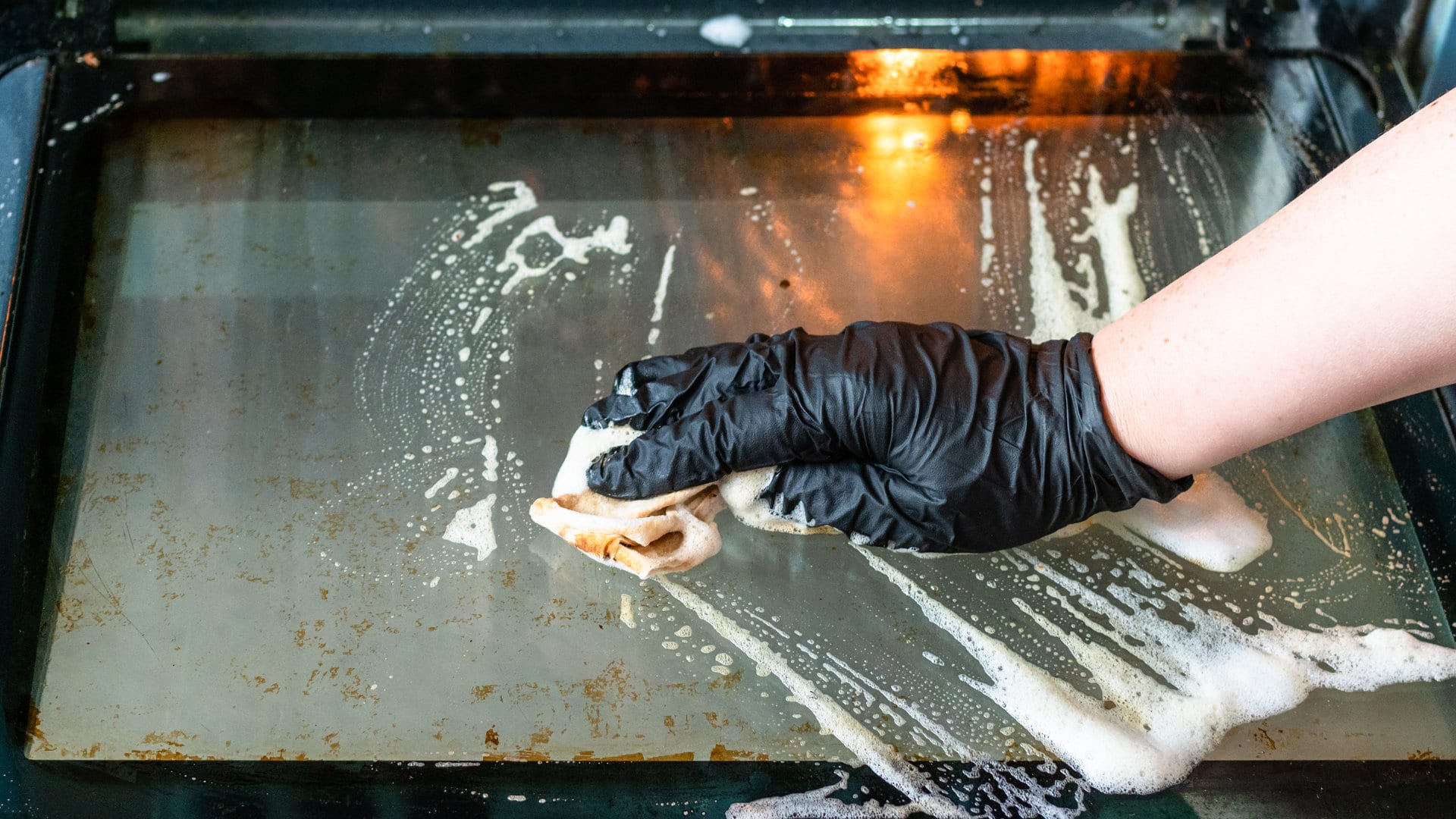
How to Clean an Oven Glass Door (3 Easy Methods)
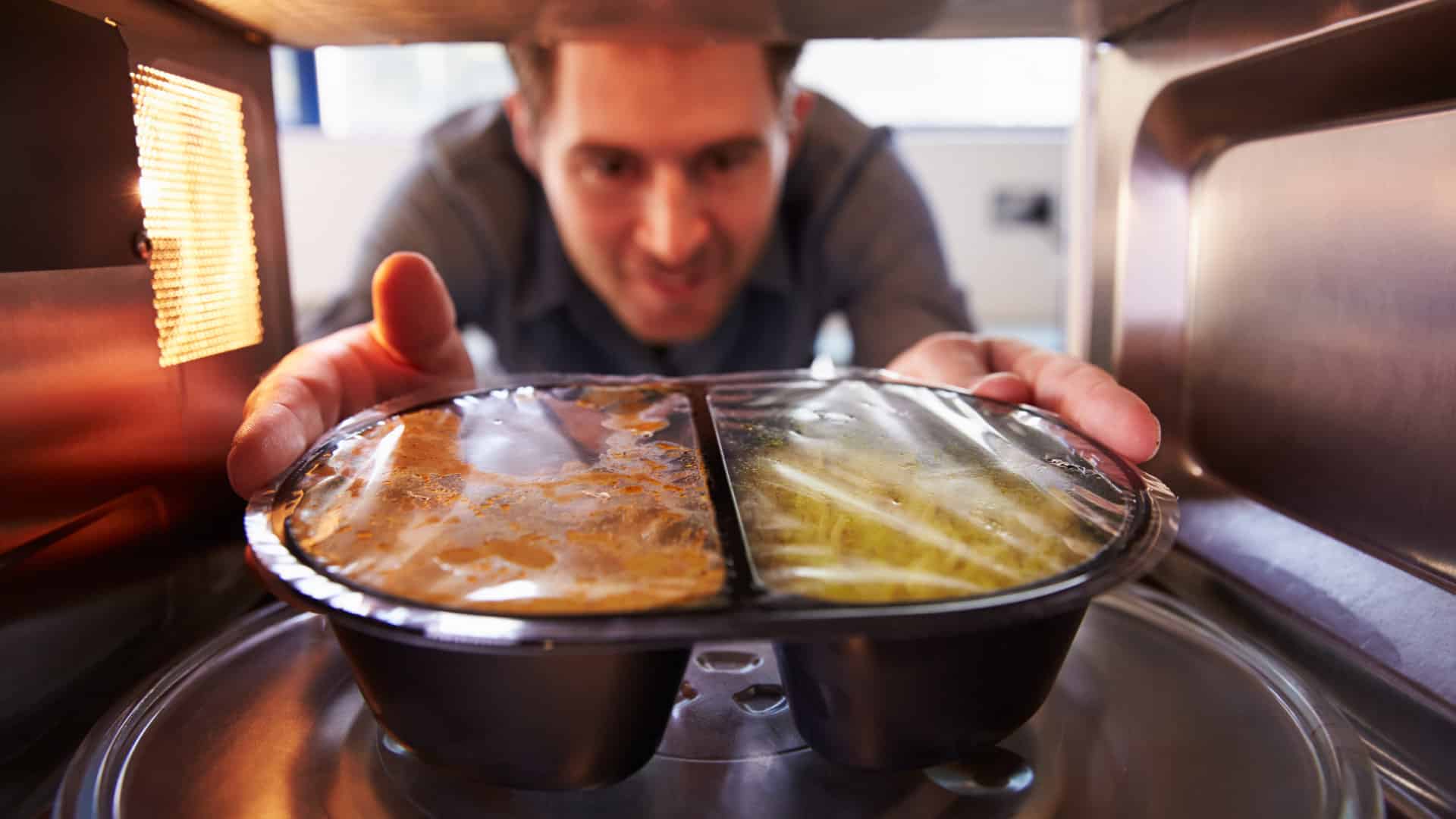
Why Your Microwave Plate Is Not Spinning
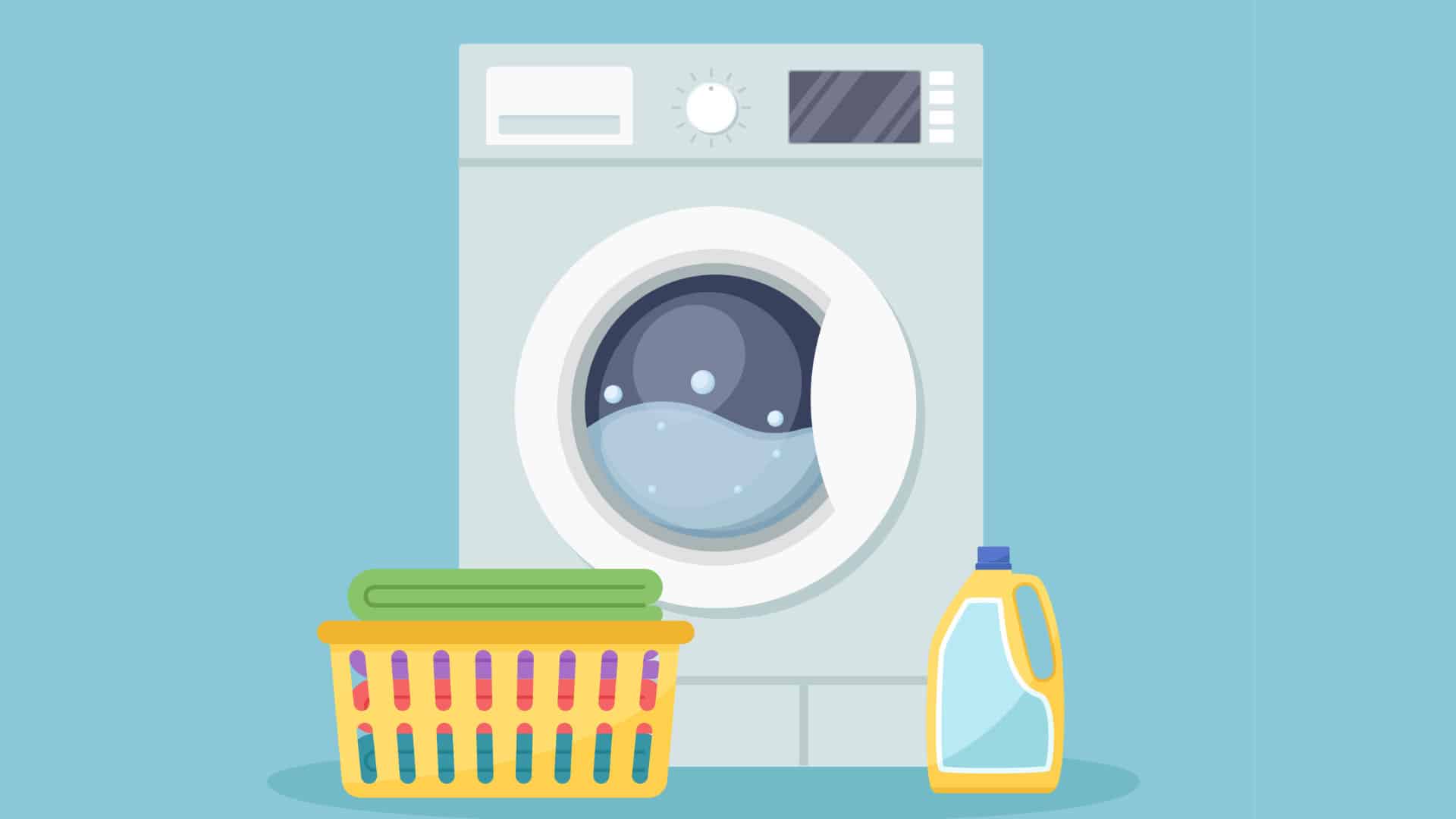
Washer Spin Cycle Not Working? Here’s Why
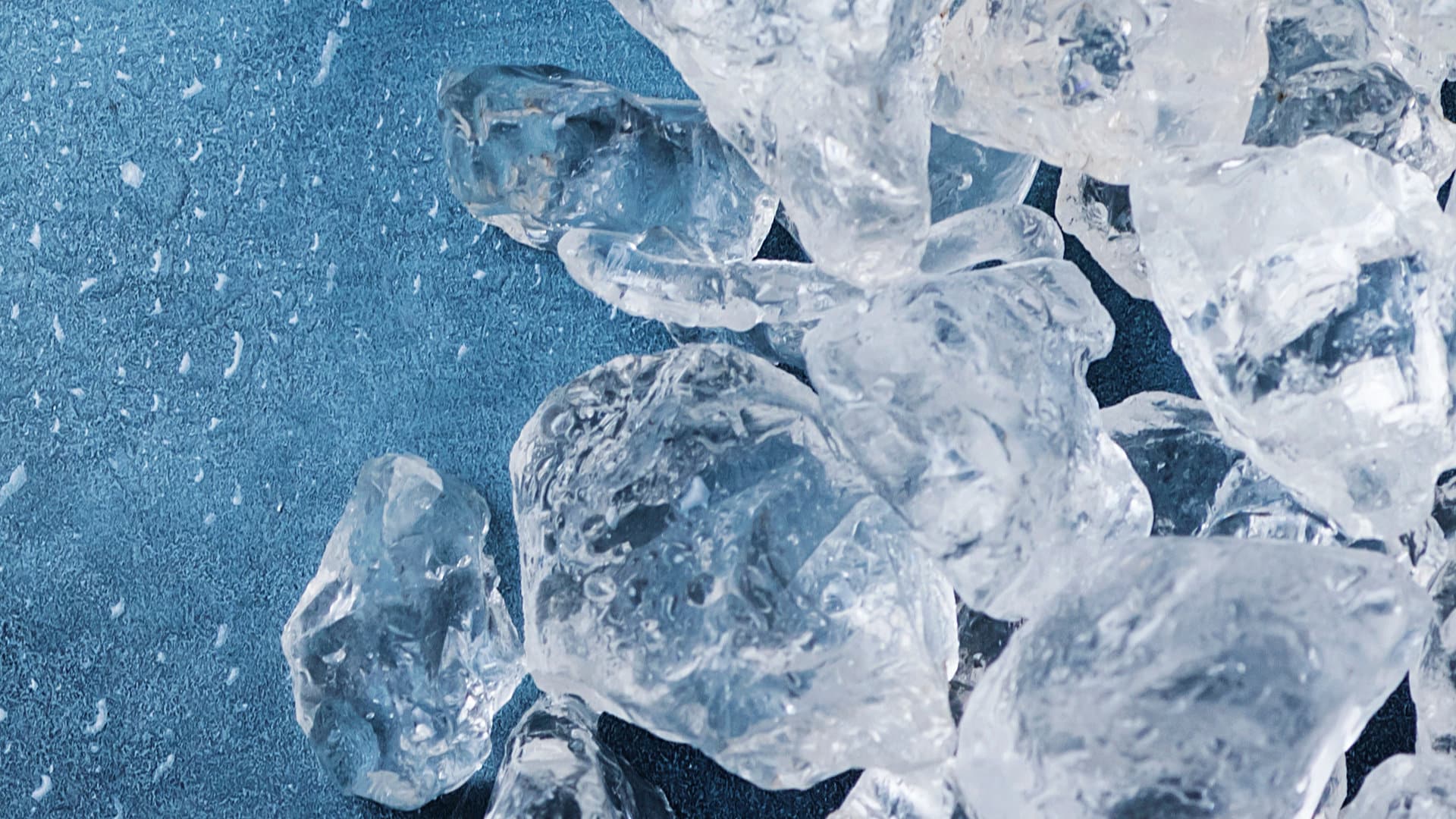
How to Fix a Slow Ice Maker
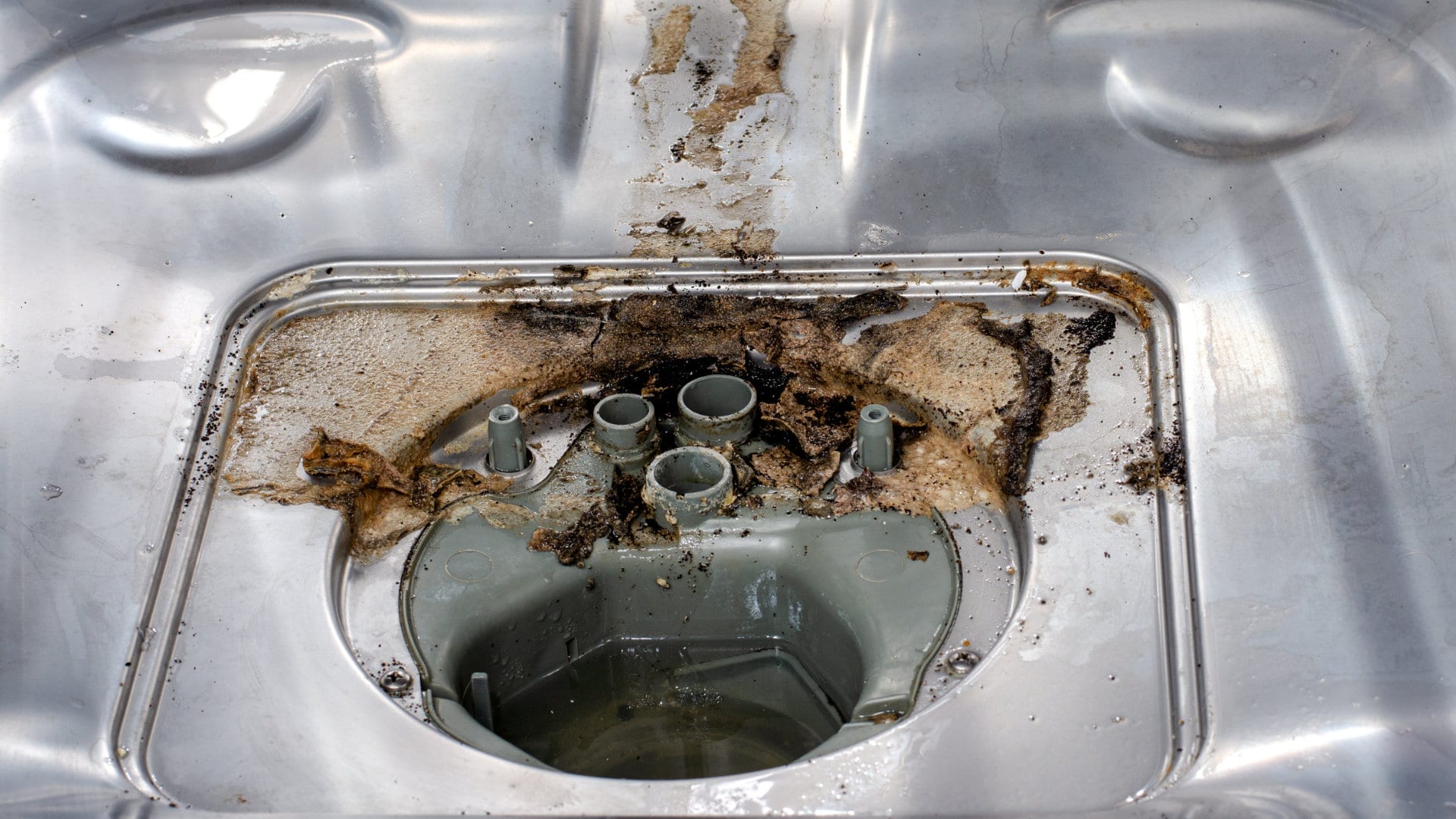
Why Does My Dishwasher Smell like Sewage?
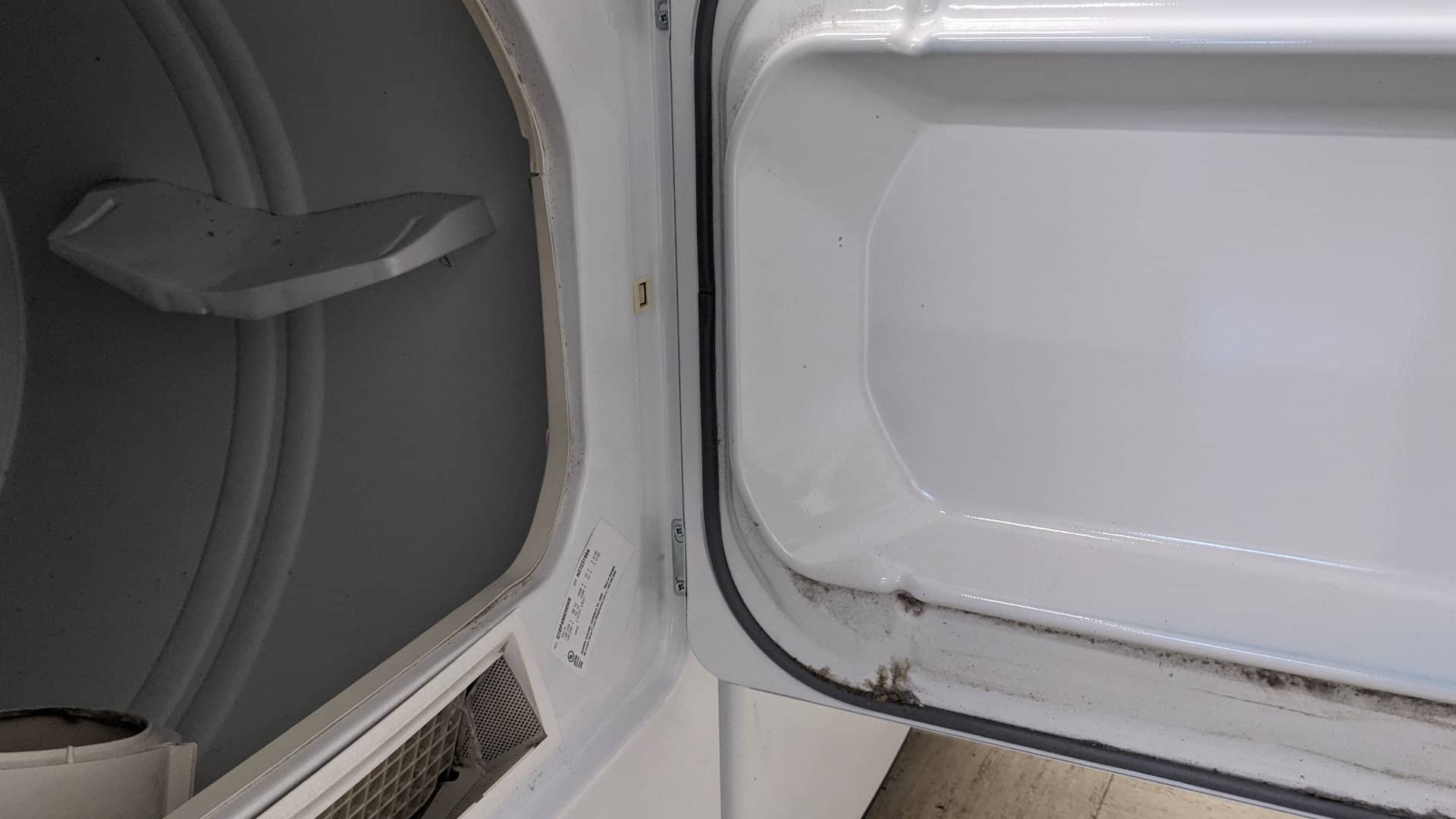
What Causes a Dryer to Overheat? (and How to Fix It)


